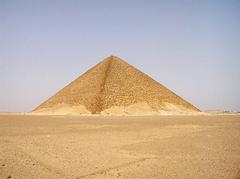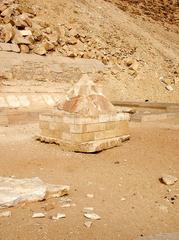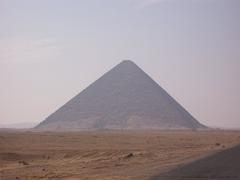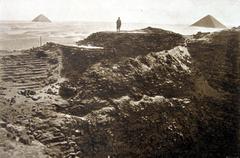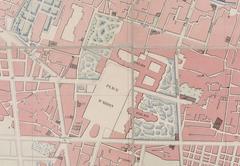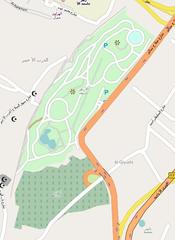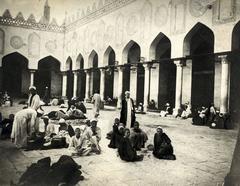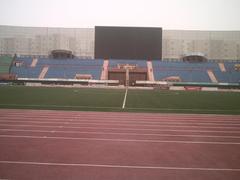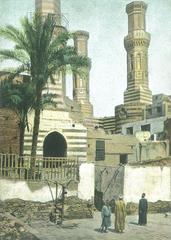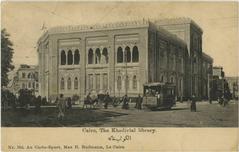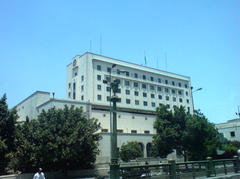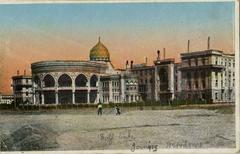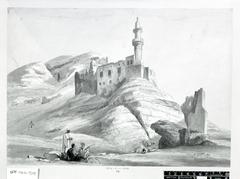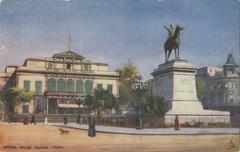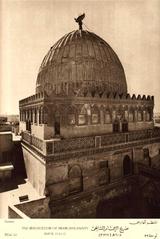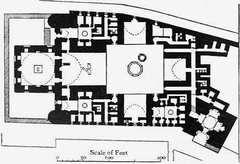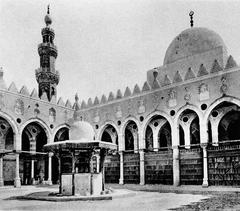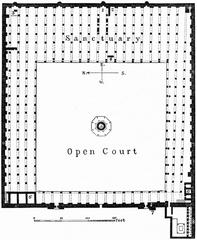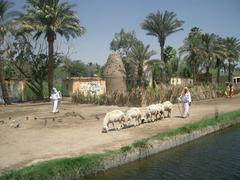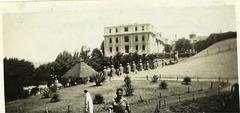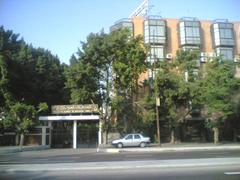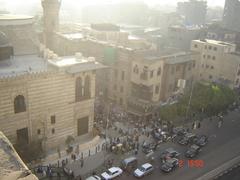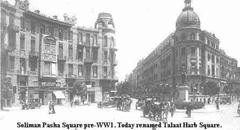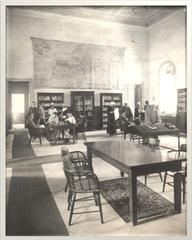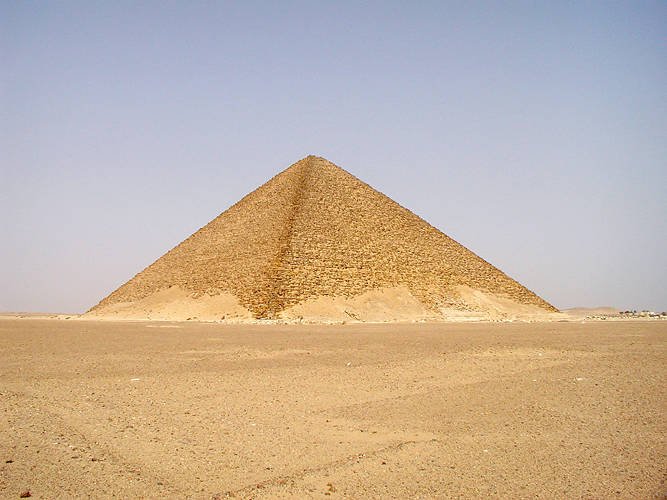
Red Pyramid in Dahshur: Visiting Hours, Tickets, and Historical Significance
Date: 19/07/2024
Introduction to the Red Pyramid in Dahshur
The Red Pyramid, an imposing structure situated in the Dahshur necropolis, is a remarkable testament to the architectural ingenuity of ancient Egypt. Constructed during the reign of Pharaoh Sneferu (circa 2613-2589 BCE), the Red Pyramid represents a significant milestone in the evolution of pyramid construction, marking the transition from the stepped pyramid design to the first true smooth-sided pyramid. This monumental achievement not only underscores the innovative spirit of Sneferu’s reign but also highlights the advanced engineering techniques employed by ancient Egyptian architects (source).
Standing at a height of 104 meters (341 feet), the Red Pyramid is the third largest pyramid in Egypt, surpassed only by the Great Pyramid of Giza and the Bent Pyramid, also commissioned by Sneferu. Its distinctive reddish hue, derived from the iron oxide in the Tura limestone blocks used in its construction, gives the pyramid its name. Originally encased in smooth white limestone, much of which has eroded over time, the Red Pyramid’s current appearance offers a glimpse into the grandeur of ancient Egyptian architectural accomplishments (source).
This comprehensive guide delves into the historical significance, architectural features, and visitor information related to the Red Pyramid. Whether you are a history enthusiast, an architecture aficionado, or a curious traveler planning a visit to Egypt, this guide will provide you with all the essential details to enhance your experience. From practical travel tips and ticket information to insights into nearby attractions and photographic opportunities, we aim to ensure that your visit to the Red Pyramid is both informative and memorable.
Table of Contents
- Introduction
- The Reign of Pharaoh Sneferu
- The Bent Pyramid - A Precursor to the Red Pyramid
- The Red Pyramid - A Triumph of Engineering
- Architectural Features and Construction
- Visitor Information - Tickets, Hours, and Accessibility
- Travel Tips for Visiting the Red Pyramid
- Nearby Attractions in Dahshur
- Photography Tips and Guided Tours
- Significance and Legacy
- Frequently Asked Questions (FAQ)
- Conclusion
- Stay Up to Date
The Reign of Pharaoh Sneferu
The Red Pyramid stands tall in the Dahshur necropolis, a testament to the architectural prowess of ancient Egypt and a significant landmark in the evolution of pyramid construction. Its story begins with Pharaoh Sneferu, the founder of the 4th Dynasty and father of the famed Pharaoh Khufu, builder of the Great Pyramid of Giza. Sneferu’s reign (c. 2613-2589 BCE) marked a period of innovation and ambition in pyramid building.
The Bent Pyramid - A Precursor to the Red Pyramid
Before the Red Pyramid, Sneferu commissioned the construction of the Bent Pyramid, also located in Dahshur. This unique structure, as its name suggests, features a dramatic change in the angle of its slope midway through its construction. The reason for this architectural anomaly is still debated, but it is widely believed to be a result of structural instability encountered during its construction. The Bent Pyramid serves as a crucial stepping stone in understanding the challenges and innovations that led to the Red Pyramid’s successful completion.
The Red Pyramid - A Triumph of Engineering
Learning from the challenges faced during the Bent Pyramid’s construction, Sneferu’s architects embarked on the Red Pyramid project with a revised approach. This time, they opted for a shallower angle of inclination, approximately 43 degrees, from the very beginning. This design change proved successful, allowing for a more stable structure and ultimately leading to the completion of the first true smooth-sided pyramid.
Architectural Features and Construction
The Red Pyramid, originally named “Sneferu Shines,” gets its name from the reddish hue of the limestone blocks used in its construction. These blocks, quarried nearby, were initially encased in smooth white limestone, which has since eroded, revealing the reddish core beneath. The pyramid stands at an impressive height of 104 meters (341 feet), making it the third largest pyramid in Egypt, after the Great Pyramid of Giza and the nearby Bent Pyramid.
Internally, the Red Pyramid features a relatively simple structure compared to later pyramids. It consists of three main chambers, stacked one atop the other, connected by a system of corridors. The entrance, located on the north face, leads down a descending passage to the first chamber. From here, a short horizontal passage connects to the second chamber, which is believed to have been intended for the king’s Ka (spirit). A final ascending passage leads to the third and largest chamber, the burial chamber, located directly beneath the apex of the pyramid.
Visitor Information - Tickets, Hours, and Accessibility
The Red Pyramid is open to visitors daily from 8:00 AM to 5:00 PM. Tickets can be purchased on-site, with prices typically around EGP 100 for adults and EGP 50 for students. The site is relatively accessible, with a parking area nearby and pathways leading up to the pyramid. However, be prepared for some uneven terrain and narrow passages inside the pyramid.
Travel Tips for Visiting the Red Pyramid
To make the most of your visit, consider arriving early in the morning to avoid the midday heat. Comfortable walking shoes, water, and a hat are recommended. Hiring a local guide can enhance your experience by providing in-depth historical context and answering any questions you may have.
Nearby Attractions in Dahshur
While in Dahshur, don’t miss the opportunity to visit other historical sites such as the Bent Pyramid and the Black Pyramid. These sites offer additional insights into the architectural advancements and historical significance of the region.
Photography Tips and Guided Tours
The Red Pyramid is a photographer’s dream, with its striking red hue and imposing structure. Early morning or late afternoon light provides the best conditions for photography. Guided tours are available and can be arranged through local tour operators or at the site entrance.
Significance and Legacy
The Red Pyramid holds immense historical and architectural significance. It represents a pivotal moment in the evolution of pyramid construction, marking the transition from the earlier stepped pyramids to the smooth-sided pyramids that would become iconic symbols of ancient Egypt. The successful implementation of the shallower angle of inclination in the Red Pyramid paved the way for the construction of even grander pyramids, including the Great Pyramid of Giza, built by Sneferu’s son, Khufu.
Frequently Asked Questions (FAQ)
Q: What are the Red Pyramid’s visiting hours?
A: The Red Pyramid is open daily from 8:00 AM to 5:00 PM.
Q: How much are tickets to the Red Pyramid?
A: Tickets are typically around EGP 100 for adults and EGP 50 for students.
Q: What other attractions are nearby?
A: Other nearby attractions include the Bent Pyramid and the Black Pyramid in Dahshur.
Conclusion
The Red Pyramid is a must-visit for anyone interested in ancient Egyptian history and architecture. Its historical significance, combined with practical visitor information and travel tips, ensures a memorable and enriching experience. Don’t miss the chance to explore this incredible monument and the surrounding historical sites in Dahshur.
Stay Up to Date
For more information and updates on visiting the Red Pyramid, download the mobile app Audiala, check out other related posts, and follow us on social media.
References
- Sneferu, 2023, Mark Cartwright ancient.eu
- Red Pyramid, 2023, Egypt Tours Plus egypttoursplus.com
- Snefru, 2023, Encyclopaedia Britannica britannica.com
- Sneferu’s Red Pyramid, 2020, Egyptian Streets egyptianstreets.com
- Red Pyramid, 2023, Lonely Planet lonelyplanet.com
